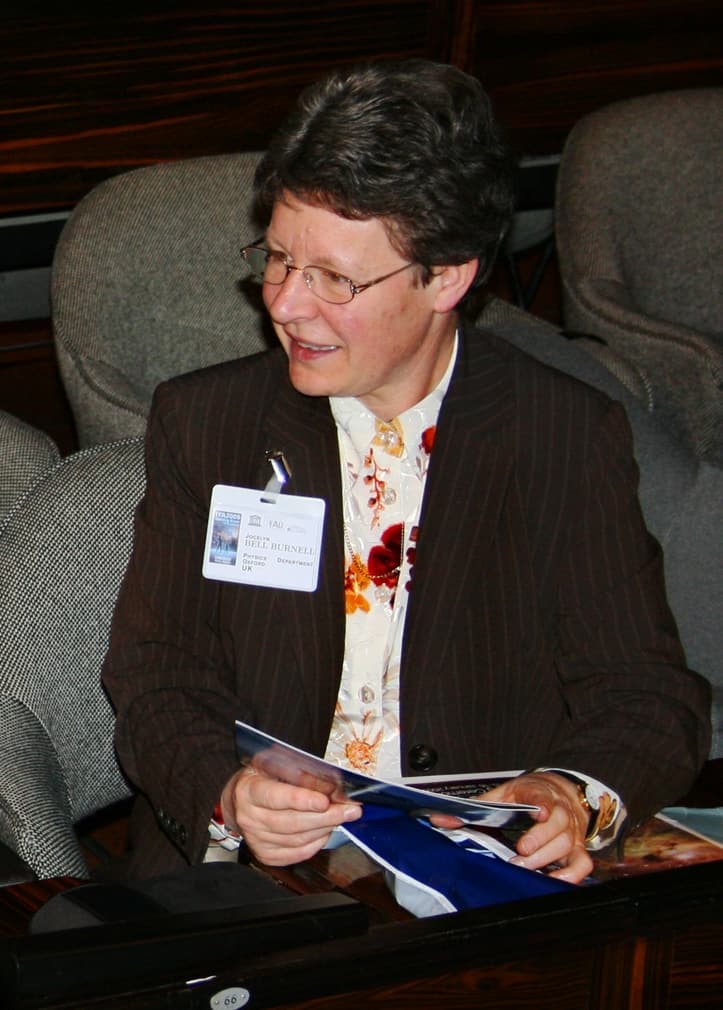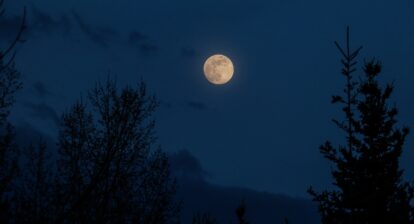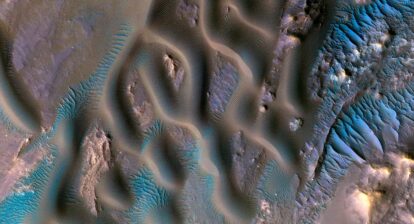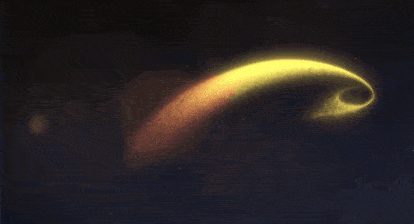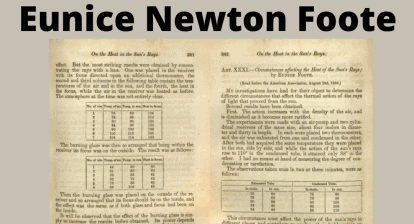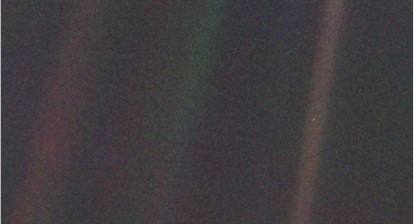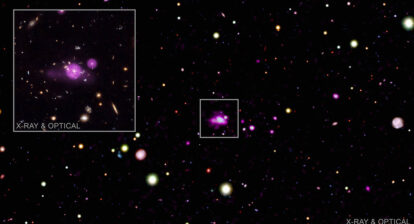Discoverer of pulsars
This Fantastic Women post is about the astrophysicist who co-discovered the first radio pulsar in 1967 but – surprise surprise – the Nobel Prize this discovery received in 1974 did not include her name. Pulsars are highly magnetized fast rotating neutron stars that emit electromagnetic radiation out of their magnetic poles. These beams of radiation is what Jocelyn Bell Burnell observed.
(Read about another Fantastic Woman Cecilia Payne Gaposchkin)
Jocelyn was born on July 15, 1943, in Northern Ireland. Her father Phillip Bell was an architect who helped design the Armagh Planetarium and her visits to it, as well as her father’s astronomy books inspired Jocelyn to pursue astronomy (even though girls were not allowed to study science), at the Preparatory Department at Lurgan College. The policy was changed after her parents (and others) protested. She graduated with a PhD from the University of Cambridge in 1969, where she worked with her thesis supervisor Antony Hewish and others, to construct the Interplanetary Scintillation Array to study quasars.

Jocelyn Bell Burnell 1967 by Roger Haworth CCC BY SA 2.0
It was on November 28, 1967 that Jocelyn Bell Burnell detected something that came to be known as “one of the most significant scientific achievements of the 20th century”. She noticed “a bit of scruff” on her chart recorder papers that tracked stars (it took her three months to find it because the papers had to be checked by hand). It was a signal pulsing with regularity, at about one pulse every 1.3 seconds.
This pulsing signal dubbed “Little Green Man 1” (LGM 1) for several years and eventually identified as a rapidly rotating neutron star. Now known as PSR B1919+21, it was originally called pulsating radio source that a Daily Telegraph science reporter shortened to pulsar.
The discovery received a Nobel Prize for Physics in 1974, recognising Antony Hewish, who was the first author (Bell was second author) on the paper, along with astronomer Martin Ryle. Jocelyn’s name was excluded, and many astronomers criticised this decision, but she played it down saying “I believe it would demean Nobel Prizes if they were awarded to research students, except in very exceptional cases, and I do not believe this is one of them.”
(Eunice Newton Foote, the first scientist to predict global warming)
She was more vocal about the media coverage of the discovery and in a 2020 lecture at Harvard University, she described the interviews taking a “disgusting format”. While Hewish was asked about astrophysics and the pulsars, Burnell was asked about her vital statistics, how many boyfriends she had and the colour of her hair. She was also asked to undo some buttons for the photographs.
Despite all of this and the difficulties women in science faced then (and even now), Jocelyn Bell Burnell has had a distinguished career. She served as the president of the Royal Astronomical Society, UK from 2002 to 2004, as president of the Institute of Physics from 2008 to 2010 and the first female president of the Royal Society of Edinburgh, Scotland in 2014. In 1999, she was appointed Commander of the Order of the British Empire (CBE) for services to Astronomy and promoted to Dame Commander of the Order of the British Empire (DBE) in 2007.
In 2018, Dame Jocelyn Bell Burnell received the Special Breakthrough Prize in Fundamental Physics. She decided to donate the whole amount of GBP 2.3 million to help female, minority and refugee students who want to become physics researchers. The Institute of Physics named the fund the Bell Burnell Graduate Scholarship Fund.
A fantastic woman indeed!
The selected Optin Cat form doesn't exist.
